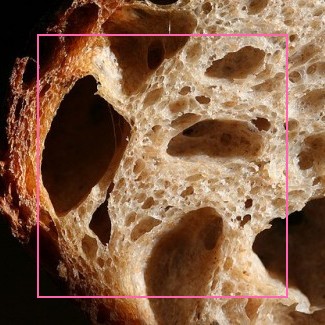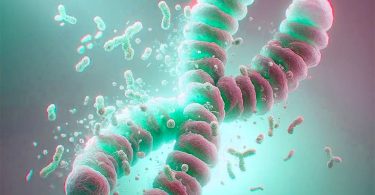Endogenous AGEs, produced by the body in contact with sugar, are more dangerous than exogenous AGEs, contained in food.
Glycation is a chemical reaction that results from the attachment of sugars to proteins. It generates AGES (advanced glycation products), toxic compounds, one of the major causes of aging.
There are 2 types of AGEs:
Endogenous AGEs, produced by the body, fueled by the consumption of sugars. For example refined sugar, fructose from fruit juices but also glucose from flour…
Exogenous AGEs, produced during the cooking of foods containing sugar and then ingested. For example pastries, barbecues…
Exogenous AGEs are particularly toxic and are often associated with other toxic compounds from junk food. But, unlike some of these other toxic compounds, they are largely eliminated by the digestive system and ultimately their contribution alone to certain age-related diseases seems limited.
Thus, a study on a cohort of 6275 participants does not support an association between exogenous AGEs and glucose metabolism (1).
Conversely, endogenous AGEs, because they are produced without interruption in the heart of the body, fed silently by sugar, without a protective mechanism, constitute the common soil for many signs of aging and diseases related to aging.
© AGE Breaker 10 2022
✅ [AGE BREAKER, patented nutritional supplements, based on rosmarinic acid, recognized by aging specialists around the world for their properties to reverse the effects of glycation.]
✅ [Glycation is one of the major causes of aging. Resulting from the fixation of sugars on the proteins constituting the organism, glycation generates toxic compounds that cause cellular aging. Glycation is particularly involved in metabolic disorders, skin aging and cognitive decline.]
More on www.agebreaker.com
#agebreaker #glycation
1: A. Linkens et Al: Habitual intake of AGEs is not associated with worse insulin sensitivity, worse beta-cell function, or presence of prediabetes or type 2 diabetes – The Maastricht Study. 2022. https://doi.org/10.26481/dis.20221005al









